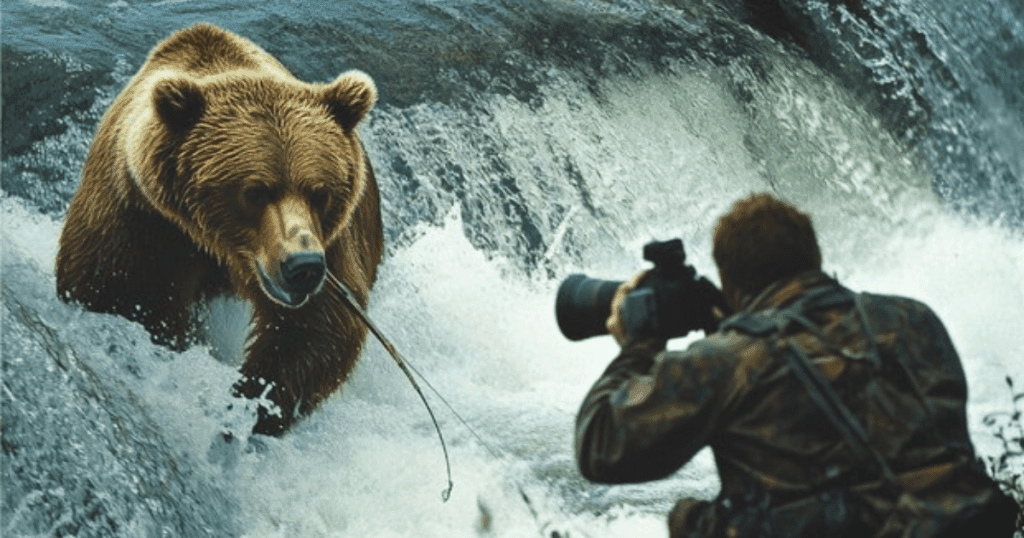The Increasing Demand for Wildlife Research
Wildlife research is crucial in understanding animal behavior and reducing human-wildlife conflict. By studying how animals such as bears interact with their environments, researchers can develop strategies to reduce conflicts and ensure the long-term survival of species. For instance, research is seen to help in the understanding of how urbanization and climate changes affect wildlife populations. Scientists study how bears exploit urban areas, what foods attract them, or even interaction between people and different bear settings.

Besides preventing conflicts, wildlife research is important in informing conservation efforts. Bear population monitoring can track trends in the behavior of bears, reproduction rates, and survival rates. Such information is essential for determining the health of bear populations and evaluating the success of conservation programs. It also helps in understanding how changing environmental conditions, including habitat destruction and climate change, affect wildlife behavior and survival.
Researching wildlife is also an essential activity that informs public policy and education programs. Researchers can help governments, conservation organizations, and local communities implement effective wildlife management by providing data-driven recommendations. Coexistence and protection of wildlife for future generations are guaranteed by such collaboration between researchers, policymakers, and the public.




